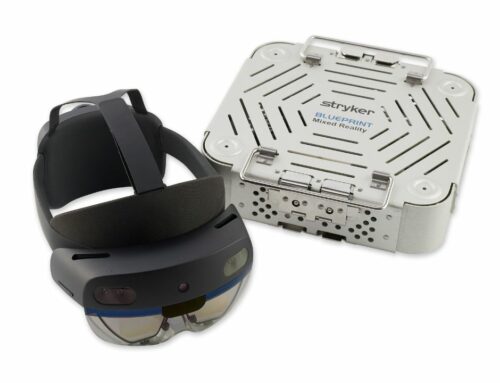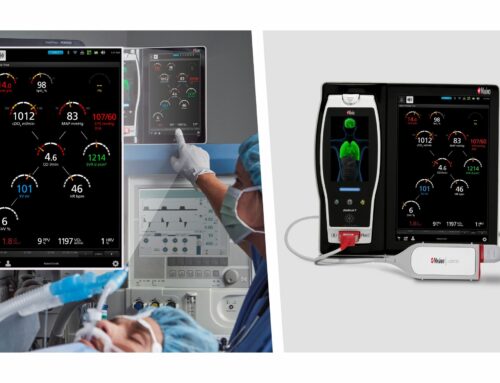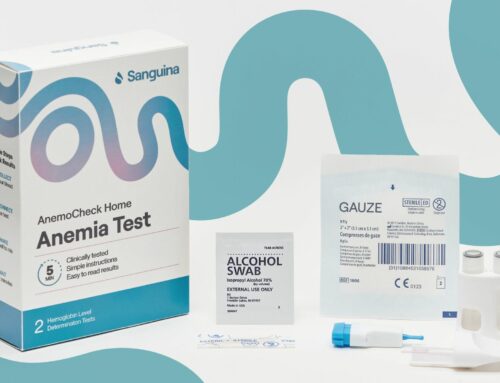by Michael Rowny, Chairman and CEO
Many cities and states in the U.S. provide a wide range of COVID data on a daily basis. For example, Los Angeles and New York City both report on numbers of tests and positive cases, hospitalizations, deaths and demographics. While there are recommended guidelines for reopening and economic recovery, there are few consistent statistics on disease progression and economic recovery rates, which are also important pieces of the data puzzle that may offer even greater insight. In fact, all data is critical not just in navigating the pandemic but finding a sustainable solution so that the world can freely move beyond it.
Being a novel virus, COVID-19 is still very much a mystery illness. And while progress has been made in a matter of months, there is much to be learned about how and why the virus spreads and how it can be treated or cured. For example, there are over 600 clinical trials taking place across the globe in hospitals and research labs, covering all aspects of the disease. Collecting, sharing, and validating information through the peer review process, scientists and medical experts are in a race against time, with accurate data the key to discovery. But not all data is equal. A typical clinical study consists of writing, statistics and medical images. Those images can be generated by CT scans, x-rays, slide microscopy or a variety of other instruments. Characterized as “intense” data, a single image can be 1,000 times larger than a page of text. As a result, a study that includes detailed images can be a hundred times larger than one that does not, requiring hours or days to upload to the Cloud and transfer to the intended recipient.
When every second counts, moving all that data in a timely way becomes crucial. Researchers—many of whom are working remotely—are increasingly turning to the Cloud. Uploading to the Cloud can allow anyone with access globally to share and process it further, making it easier to utilize Artificial Intelligence (AI). For example, Cloud software can be trained to look for clues in the data and imaging of a thousand patients very rapidly, working around the clock and leveraging the precious time of researchers.
With proven technology that has helped the movie industry tame the explosive growth of video data files, Pixspan has disruptive software that provides unparalleled speed of transfer, ease of use, and security for medical imaging data. It is truly the only mathematically lossless, 100%, bit exact compression software offered commercially for encoding and decoding full resolution images—four to eight times faster—and saving typically 50-80% of storage and networking resources. Further, with multi-Cloud support and single pane, drag-and-drop functionality, our customers don’t need to be experts in all of the Cloud platforms in order to move their data in and out of the Cloud, which is a tremendous benefit for enabling easy access to Amazon Web Services (AWS) and Microsoft’s Azure. Here’s how:
Technicolor recently published its use of Pixspan’s PixMover in its production of the mini-series “Messiah” for Netflix, noting that Pixspan’s software multiplied the transfer speed for VFX content 2X to 5X faster than traditional WAN transfers, “achieving unprecedented transfer performance levels.” Through a Cloud-based product that transfers data from one S3 Cloud bucket to another anywhere in the world at a choice of three ultra-high speeds, the software enables users to transfer data at up to 30 terabytes per hour, which is faster than what is currently available on a commercial terrestrial network. Called CloudMover, it is available via AWS Marketplace on-demand—without the need for special equipment—in 20 AWS regions throughout the world and in the two more secure GovCloud regions. This means that a medical facility can transfer a 5-terabyte data set from London or Mumbai to California in 18 minutes rather than twelve hours. With patented mathematically lossless compression available on all of its products, Pixspan is also enabling faster data rates than fixed bandwidth networks for full-resolution images and video used in medical imaging such as DICOM, OpenEXR, and TIFF.
With millions of people working from home, millions unemployed, and millions more preparing for a schoolyear online, time is of the essence. Putting the most advanced technology to use for the greater good, we hope in some way to lighten the burdens of dedicated medical workers, researchers, and staff working to find a resolution to the COVID-19 crisis. There’s no doubt that progress to date in the pandemic has been the result of data. It is our hope that data will also drive the solution.
Michael Rowny, Chairman and CEO
Michael has a broad background in growing technology companies. He was previously the President and CEO of MCI’s International Operations and Ventures. Michael has served as CEO and Director of numerous other Software and Networking companies. Michael holds a Bachelor of Science degree from M.I.T. and a J.D. degree from Georgetown University Law Center. He is on the Board of Directors of Neustar, Inc. and Ciena, Inc.












